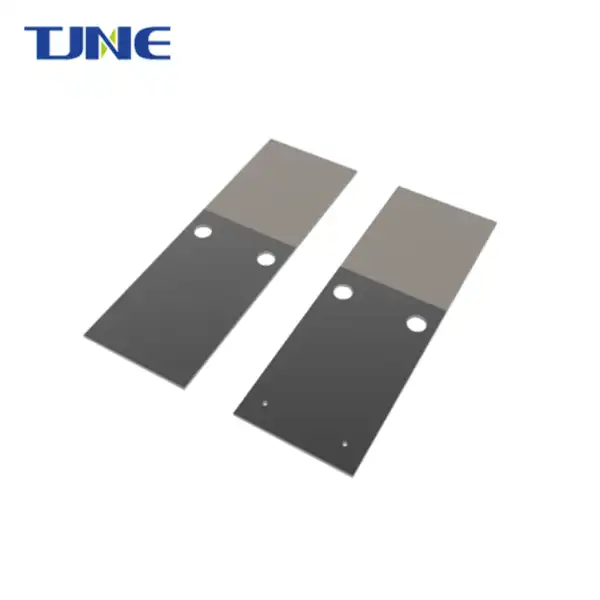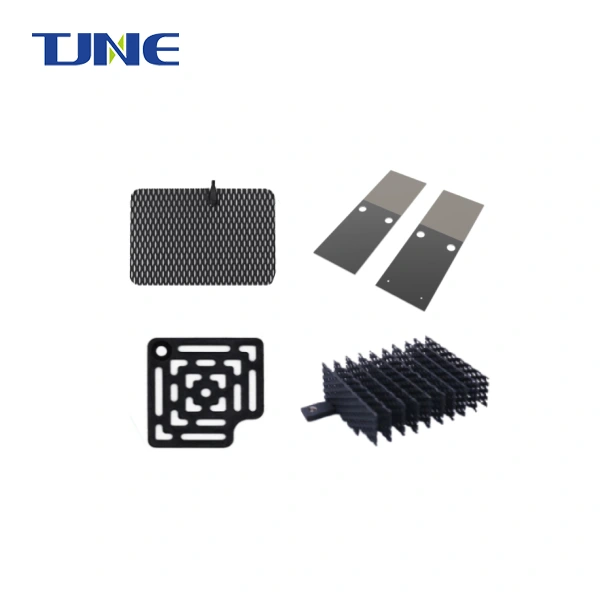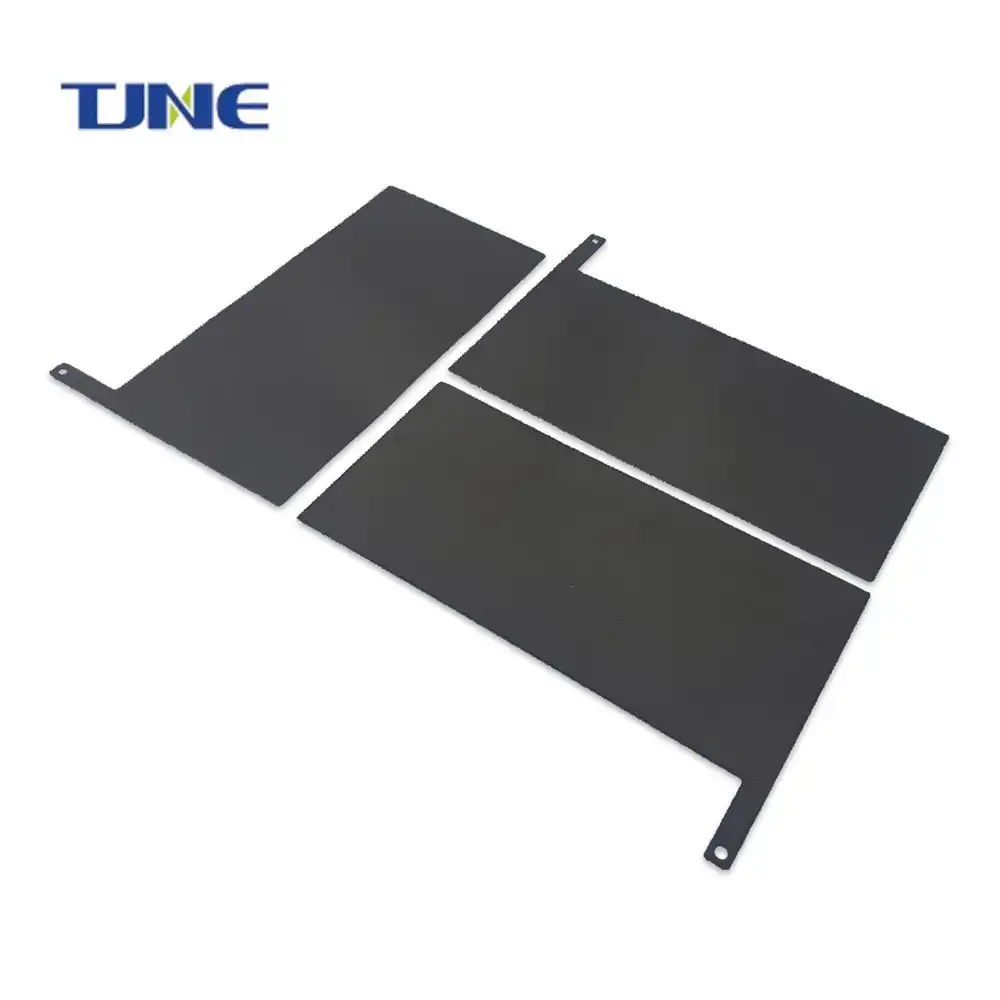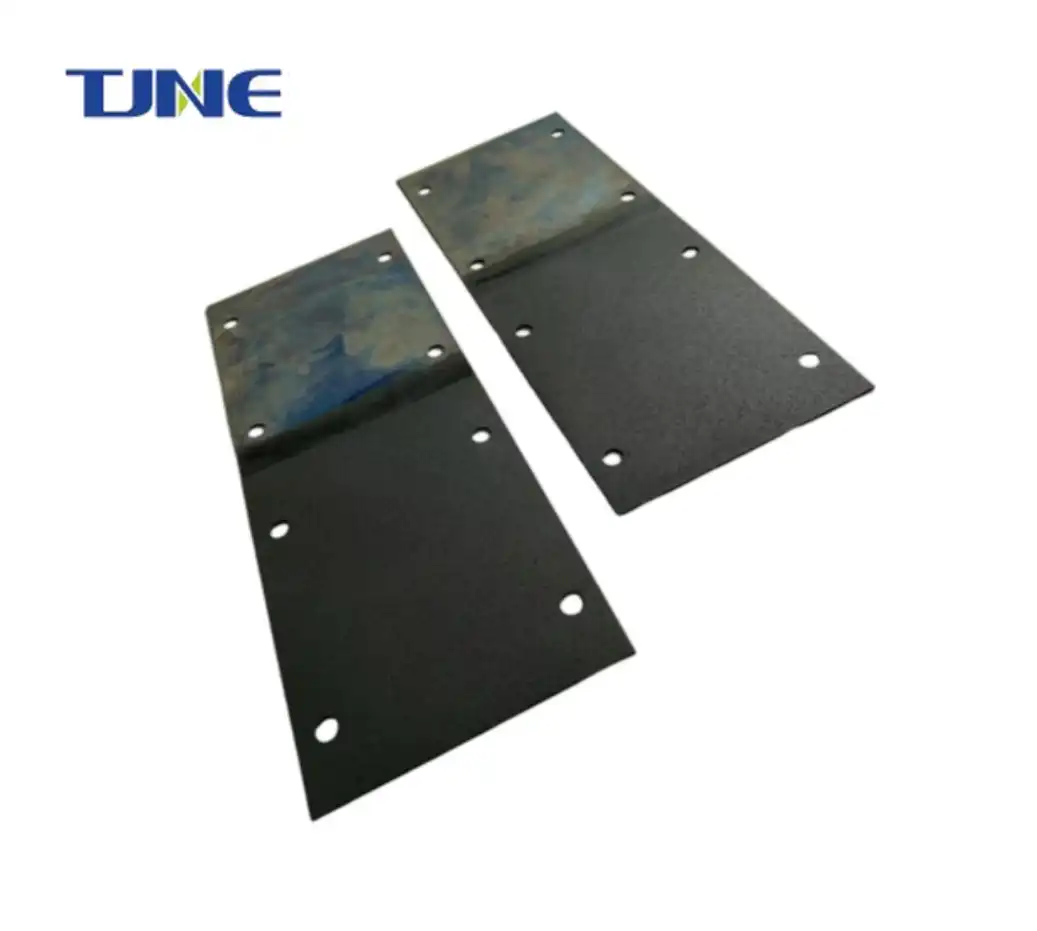- English
- French
- German
- Portuguese
- Spanish
- Russian
- Japanese
- Korean
- Arabic
- Greek
- German
- Turkish
- Italian
- Danish
- Romanian
- Indonesian
- Czech
- Afrikaans
- Swedish
- Polish
- Basque
- Catalan
- Esperanto
- Hindi
- Lao
- Albanian
- Amharic
- Armenian
- Azerbaijani
- Belarusian
- Bengali
- Bosnian
- Bulgarian
- Cebuano
- Chichewa
- Corsican
- Croatian
- Dutch
- Estonian
- Filipino
- Finnish
- Frisian
- Galician
- Georgian
- Gujarati
- Haitian
- Hausa
- Hawaiian
- Hebrew
- Hmong
- Hungarian
- Icelandic
- Igbo
- Javanese
- Kannada
- Kazakh
- Khmer
- Kurdish
- Kyrgyz
- Latin
- Latvian
- Lithuanian
- Luxembou..
- Macedonian
- Malagasy
- Malay
- Malayalam
- Maltese
- Maori
- Marathi
- Mongolian
- Burmese
- Nepali
- Norwegian
- Pashto
- Persian
- Punjabi
- Serbian
- Sesotho
- Sinhala
- Slovak
- Slovenian
- Somali
- Samoan
- Scots Gaelic
- Shona
- Sindhi
- Sundanese
- Swahili
- Tajik
- Tamil
- Telugu
- Thai
- Ukrainian
- Urdu
- Uzbek
- Vietnamese
- Welsh
- Xhosa
- Yiddish
- Yoruba
- Zulu
The lifespan of a Dimensionally Stable Anode (DSA) coated titanium anode is a critical factor in various electrochemical applications, including water treatment, metal finishing, and chlorine production. These anodes are known for their durability and efficiency, but their longevity can vary depending on several factors. Generally, a well-maintained DSA coated titanium anode can last anywhere from 3 to 10 years, with some high-quality anodes even lasting up to 15 years under optimal conditions. However, this lifespan is not set in stone and can be influenced by factors such as operating conditions, current density, electrolyte composition, and maintenance practices.
How does the coating process affect the durability of DSA titanium anodes?
The coating process plays a crucial role in determining the durability and performance of DSA titanium anodes. The dimensionally stable anode coating typically consists of a mixture of metal oxides, primarily ruthenium dioxide (RuO2) and titanium dioxide (TiO2), applied to a titanium substrate. This coating is what gives the anode its unique properties and extended lifespan compared to traditional anodes.
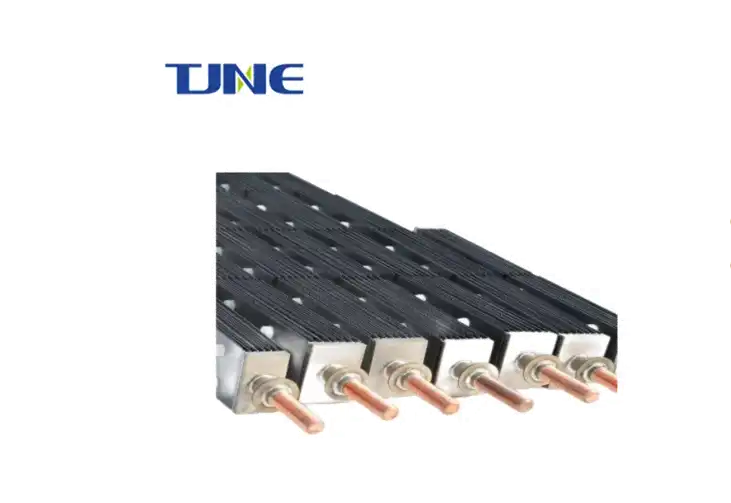
The coating process typically involves several steps:
1. Surface preparation: The titanium substrate is carefully cleaned and etched to ensure proper adhesion of the coating.
2. Precursor application: A solution containing the metal oxide precursors is applied to the titanium surface.
3. Thermal decomposition: The coated substrate is heated to high temperatures, typically around 400-500°C, to convert the precursors into their oxide forms.
4. Multiple layer application: The process is repeated several times to build up the desired coating thickness and composition.
The quality of the coating process directly impacts the anode's durability. A well-executed coating procedure results in a uniform, dense, and strongly adherent layer that can withstand harsh operating conditions. Factors that contribute to a high-quality coating include:
- Precise control of precursor composition
- Optimal thermal treatment parameters
- Careful control of coating thickness
- Proper surface preparation of the titanium substrate
Advances in coating technologies have led to significant improvements in DSA anode lifespans. For instance, some manufacturers have developed multi-layer coating structures that enhance durability by providing better protection against substrate oxidation and improving the overall stability of the coating.
The composition of the coating also plays a vital role in determining the anode's lifespan. While RuO2 is the primary active component responsible for the anode's catalytic properties, the addition of other oxides like IrO2 or Ta2O5 can enhance stability and extend the anode's service life. These additions can help mitigate the degradation of the coating under harsh operating conditions, such as high current densities or aggressive electrolytes.
Proper quality control during the coating process is essential to ensure consistent performance and longevity of DSA titanium anodes. This includes rigorous testing of coating adhesion, uniformity, and electrochemical performance before the anodes are put into service.
What factors influence the service life of DSA coated titanium anodes?
Several key factors can significantly impact the service life of DSA coated titanium anodes:
1. Current density: Operating the anode at higher current densities can accelerate coating degradation. While DSA anodes are designed to handle high current densities, prolonged operation beyond their rated capacity can lead to premature failure.
2. Electrolyte composition: The chemical environment in which the anode operates plays a crucial role in its longevity. Highly corrosive or contaminated electrolytes can accelerate coating wear and reduce the anode's lifespan.
3. Temperature: Elevated operating temperatures can accelerate the degradation of the coating and the underlying titanium substrate. Maintaining the anode within its recommended temperature range is crucial for optimal performance and longevity.
4. pH levels: Extreme pH conditions, particularly highly acidic environments, can accelerate coating dissolution and reduce the anode's lifespan.
5. Mechanical stress: Physical damage to the coating, such as scratches or impacts, can create weak points that lead to accelerated degradation.
6. Maintenance practices: Regular cleaning and inspection of the anodes can help identify and address potential issues before they lead to failure. Proper maintenance can significantly extend the anode's service life.
7. Operating cycles: Frequent start-stop cycles or periods of inactivity followed by high-intensity use can stress the coating and potentially reduce its lifespan.
8. Presence of contaminants: Certain impurities in the electrolyte, such as organic compounds or metal ions, can interfere with the anode's performance and potentially accelerate coating degradation.
9. Gas evolution: The evolution of gases at the anode surface, particularly oxygen, can create localized high-pressure areas that may lead to coating delamination over time.
10. Current distribution: Uneven current distribution across the anode surface can lead to localized areas of high wear, potentially reducing the overall lifespan of the anode.
To maximize the service life of DSA coated titanium anodes, it's essential to carefully consider these factors during system design and operation. This may involve implementing strategies such as:
- Using appropriate current density limits
- Maintaining optimal electrolyte conditions
- Implementing effective filtration and purification systems
- Ensuring proper anode spacing and geometry for uniform current distribution
- Conducting regular maintenance and performance monitoring
By addressing these factors, operators can significantly extend the lifespan of their DSA coated titanium anodes, optimizing the performance and cost-effectiveness of their electrochemical systems.
How can you extend the lifespan of DSA coated titanium anodes?
Extending the lifespan of DSA coated titanium anodes is crucial for maintaining efficient and cost-effective electrochemical processes. By implementing proper maintenance strategies and optimizing operational parameters, it's possible to significantly prolong the service life of these anodes. Here are several key approaches to extend the lifespan of DSA coated titanium anodes:
1. Regular maintenance and cleaning:
Establishing a routine maintenance schedule is essential for preserving the integrity of the anode coating. This includes:
- Periodic visual inspections to check for any signs of coating degradation or physical damage
- Gentle cleaning to remove any buildup of deposits or contaminants on the anode surface
- Avoiding abrasive cleaning methods that could damage the coating
2. Optimizing operational parameters:
Carefully controlling the operating conditions can help minimize stress on the anode coating:
- Maintaining current densities within the recommended range for the specific anode type
- Ensuring proper electrolyte circulation to prevent localized high-temperature zones
- Controlling electrolyte pH and composition to minimize aggressive chemical environments
3. Implementing proper system design:
The overall design of the electrochemical system can significantly impact anode lifespan:
- Ensuring uniform current distribution across the anode surface
- Providing adequate spacing between anodes and cathodes
- Implementing effective filtration and purification systems to minimize contaminants
4. Monitoring and data analysis:
Regular monitoring of system performance can help identify potential issues before they lead to anode failure:
- Tracking voltage and current trends to detect any anomalies
- Analyzing electrolyte composition and adjusting as necessary
- Conducting periodic polarization tests to assess anode performance
5. Proper storage and handling:
When anodes are not in use, proper storage and handling practices can prevent unnecessary damage:
- Storing anodes in a clean, dry environment
- Avoiding physical impacts or stresses during transportation and installation
- Properly preparing anodes before reintroduction into service after extended periods of inactivity
6. Training and education:
Ensuring that operators and maintenance personnel are well-trained can significantly contribute to anode longevity:
- Providing comprehensive training on proper operating procedures
- Educating staff on the importance of maintaining optimal conditions
- Encouraging proactive identification and reporting of potential issues
7. Gradual start-up and shutdown procedures:
Implementing careful start-up and shutdown protocols can minimize thermal and mechanical stresses on the anode coating:
- Gradually ramping up current density during start-up
- Allowing for proper cool-down periods during shutdown
8. Rotation and repositioning:
In some applications, periodically rotating or repositioning anodes can help distribute wear more evenly:
- Swapping anode positions in multi-anode systems
- Rotating anodes to expose different surfaces to high-wear areas
9. Coating rejuvenation:
In some cases, it may be possible to rejuvenate the anode coating through specialized treatments:
- Electrochemical reactivation procedures
- Application of protective treatments to enhance coating durability
10. Regular performance assessments:
Conducting periodic performance evaluations can help optimize anode utilization:
- Comparing actual performance against expected benchmarks
- Adjusting operational parameters based on performance data
- Planning for timely replacement of anodes nearing the end of their service life
By implementing these strategies, operators can significantly extend the lifespan of DSA coated titanium anodes, leading to improved process efficiency and reduced operational costs. It's important to note that the effectiveness of these measures may vary depending on the specific application and operating conditions. Therefore, working closely with anode manufacturers and electrochemical system experts can provide valuable insights tailored to your particular needs.
In conclusion, while DSA coated titanium anodes are known for their durability and long service life, their longevity can be further extended through careful management and optimization of operational practices. By understanding the factors that influence anode lifespan and implementing targeted strategies to address these factors, operators can maximize the value and performance of their electrochemical systems.
If you are interested in the products of Xi'an Taijin New Energy Technology Co., Ltd., please contact yangbo@tjanode.com.
References:
1. Kraft, A. (2007). Doped diamond: A compact review on a new, versatile electrode material. International Journal of Electrochemical Science, 2(5), 355-385.
2. Trasatti, S. (2000). Electrocatalysis: understanding the success of DSA®. Electrochimica Acta, 45(15-16), 2377-2385.
3. Chen, X., Chen, G., & Yue, P. L. (2001). Stable Ti/IrOx-Sb2O5-SnO2 anode for O2 evolution with high oxygen evolution efficiency. The Journal of Physical Chemistry B, 105(20), 4623-4628.
4. Comninellis, C., & Chen, G. (Eds.). (2010). Electrochemistry for the Environment. Springer Science & Business Media.
5. Morimitsu, M. (2011). Development of high performance DSE® for chlor-alkali electrolysis. Electrochemistry, 79(12), 927-932.
6. Martínez-Huitle, C. A., & Ferro, S. (2006). Electrochemical oxidation of organic pollutants for the wastewater treatment: direct and indirect processes. Chemical Society Reviews, 35(12), 1324-1340.
7. Panizza, M., & Cerisola, G. (2009). Direct and mediated anodic oxidation of organic pollutants. Chemical Reviews, 109(12), 6541-6569.
8. Xu, L., & Xiao, Y. (2013). Review of the electrochemical oxidation of chloride and the generation of active chlorine on dimensionally stable anodes. Journal of Chemical Technology & Biotechnology, 88(9), 1619-1625.
9. Papastefanakis, N., Mantzavinos, D., & Katsaounis, A. (2010). DSA electrodes on non-conducting substrate: An electrochemical characterization. Electrochimica Acta, 55(20), 5841-5845.
10. Karlsson, R. K., & Cornell, A. (2016). Selectivity between oxygen and chlorine evolution in the chlor-alkali and chlorate processes. Chemical Reviews, 116(5), 2982-3028.
Related Industry Knowledge
- What Industries Rely on DSA Anodes for Electrochemical Processes?
- What Factors Should Be Considered When Selecting a DSA Anode?
- What Is a Chlorine Generator Electrolyzer and How Does It Operate?
- What is a DSA Anode and How Does It Work?
- What Industries Benefit from Chlorine Generator Electrolyzers for On-Site Production?
- What Factors Should Be Considered When Selecting a Chlorine Generator Electrolyzer System?
- Which electrolyzer is best for hydrogen production?
- What are DSA anodes?






